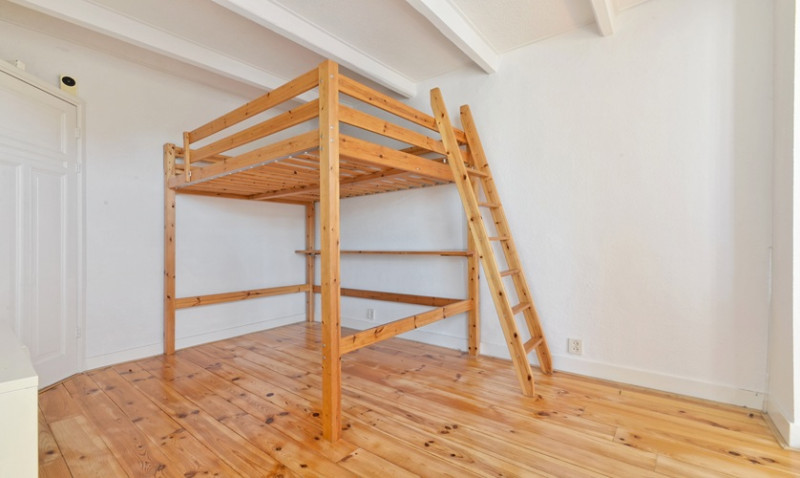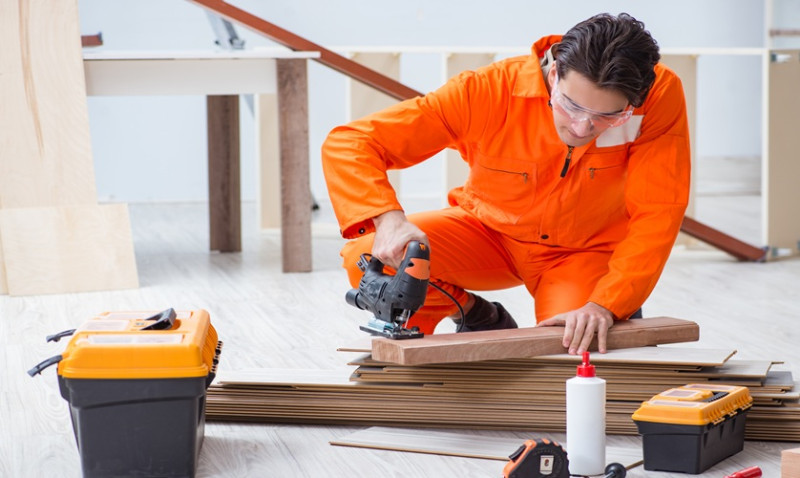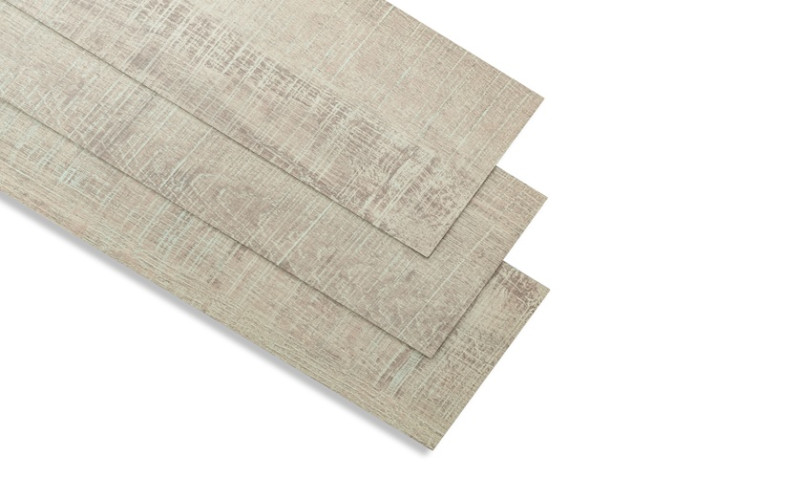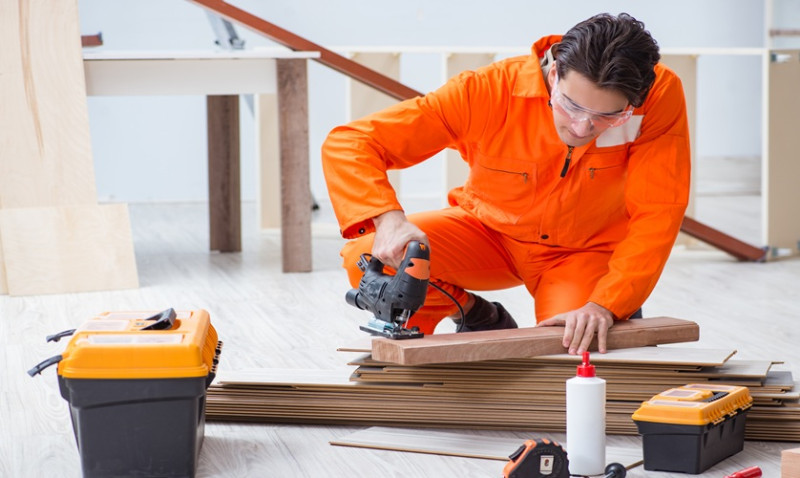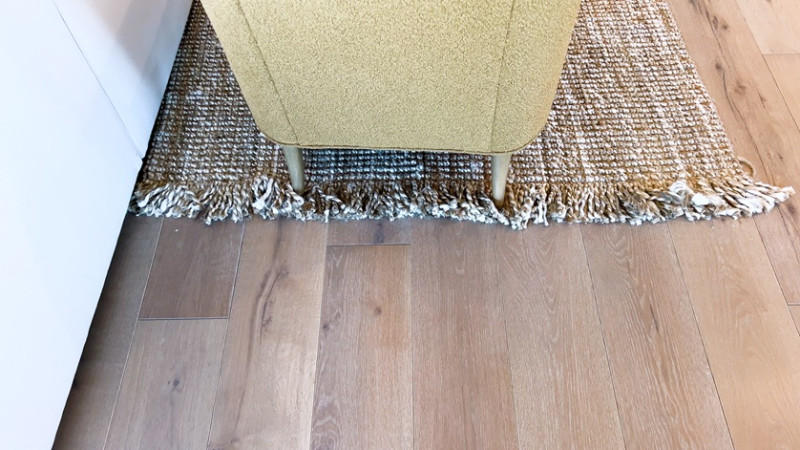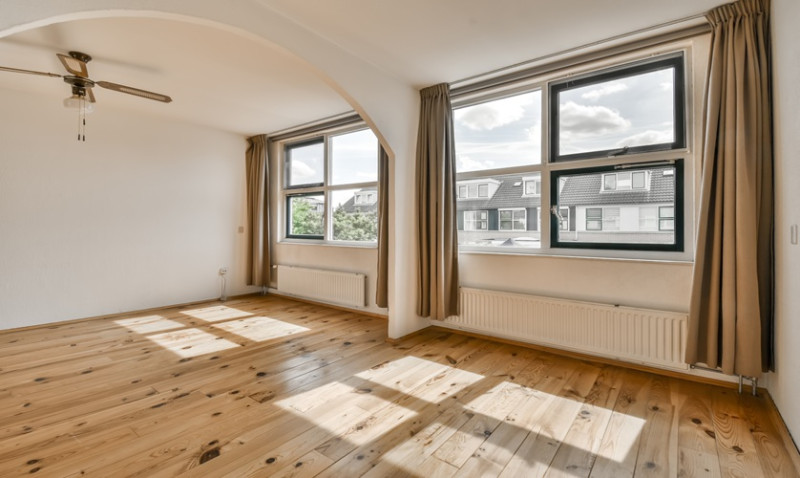
Hardwood floors add warmth, elegance and timeless charm to any home. But even with proper care, life happens—furniture is dragged, pets run wild, children drop toys—and your once-pristine floors can end up scratched and tired-looking. If you’ve noticed scuffs, scrapes or scratches in your wooden flooring, the good news is most can be repaired easily with the right tools and techniques—even without the help of a professional.
In this guide, we’ll walk you through how to fix scratches on hardwood floors, whether they’re light surface marks or deeper gouges. Whether you're a keen DIY enthusiast eager to roll up your sleeves, a homeowner redecorating for the first time, or a tradesperson aiming to refresh a client's flooring, this guide will give you practical steps and product tips you can trust—including UK-specific product recommendations and tricks of the trade.
Understanding the Type of Scratch
Before reaching for filler or polish, it’s important to assess the depth and type of scratch. Hardwood flooring can have a range of finish types—like oil or polyurethane—and the approach will often depend on this factor, as well as how deep the damage goes.
There are generally three types of scratches:
- Light Surface Scratches: These affect only the protective finish and don’t penetrate the wood itself.
- Minor Scratches: These reach the surface layer of the wood but are not too deep.
- Deep Gouges: These are the most severe, often caused by heavy furniture or dropped objects. They pierce beyond the surface and may require more extensive repair.
Identifying which level you're dealing with helps you choose the right method and avoid overworking the area unnecessarily. Take your time during this step—and test your repair materials on a hidden area first if you're unsure.
Tools and Materials You May Need
To fix scratches on hardwood flooring, it’s crucial to have the right tools on hand. Here’s a helpful table of common items needed, depending on the scratch severity:
| Tool / Material | Purpose | When to Use |
|---|---|---|
| Microfibre cloth | Cleaning surface before & after repairing | Always |
| Vinegar or wood floor cleaner | Mild cleaning agent | Light scratches |
| Wood stain markers / touch-up pens | Blending colour of minor scratches | Light surface & minor scratches |
| Fine steel wool (0000 grade) | Buffing scratches on certain finishes | Minor scratches on wax/oil finishes |
| Floor wax or polish | Restore shine and protect repair | Light surface scratches |
| Wood filler or wax filler sticks | Filling deeper scratches or gouges | Deep scratches |
| Fine sandpaper (120 to 220 grit) | Smoothing before refinishing | Deep spots |
| Mini putty knife or scraper | Applying filler | Deeper scratches |
| Matching wood stain or sealant | Blends filler with the floor tone | After filling/evening deep marks |
These materials are generally available from UK retailers like B&Q, Wickes, or Screwfix—or online through Amazon or specialist flooring suppliers.
Fixing Light Surface Scratches
Light scratches are the easiest and most common type of damage to fix. If the scratch hasn't penetrated the wood (and only the finish is affected), you're dealing with surface marks. These often occur in high-traffic areas like entryways or under dining chairs.
Start by thoroughly cleaning the area using a microfibre cloth and a dedicated wood floor cleaning solution—or a mix of a few drops of washing-up liquid in warm water. Avoid soaking the wood, as excess moisture can damage real hardwood.
Once dry, assess if buffing or blending is needed. If the surface is merely dull or slightly scuffed, apply a bit of wood floor restorer or polish using a soft cloth. For small scratches, a touch-up marker that matches your floor colour can be used to camouflage the mark successfully.
A popular product in the UK includes the Ronseal Scratch Repair Stick, available in various wood tones. Another option is a homemade mixture of equal parts olive oil and vinegar—gently rubbed on the scratch with a soft cloth and left to soak for 24 hours before wiping clean. However, DIY mixtures should be spot-tested on a hidden area first.
Fixing Minor Scratches
These scratches reach beyond the finish but aren’t deep enough to require filler. Often found in areas with regular foot traffic, they’re typically caused by pet nails or shoes.
If your floor has an oil or wax finish, you can often buff minor scratches out using 0000-grade steel wool, following the grain of the wood. Apply light pressure and re-wax the area afterwards using a compatible wax—like Fiddes or Osmo Hard Wax Oil, available throughout the UK.
For lacquered or polyurethane-sealed floors, resist using steel wool. Instead, clean the area thoroughly and use a colour-matched touch-up pen or blending pencil (such as those from Liberon or Rustins) to disguise the scratch. Allow the marker to dry, then gently buff the area and apply a polish to restore shine.
Don't skip the polish or sealing step—it not only blends the finish visually but adds a protective layer over your repair.
Repairing Deep Scratches and Gouges
Deeper scratches or gouges where the wood is visibly damaged require filler and more involved restoration. This type of damage is common in homes where heavy furniture has been moved without protection.
Begin by cleaning the area and letting it dry completely. Use a wax or putty filler in a shade that matches your flooring. UK brands like Briwax or Colron offer wax filler sticks suitable for deeper marks. Rub the wax into the scratch, smoothing it out with a putty knife. For larger defects, a wood filler paste may be more appropriate.
Let the filler dry fully. You may need light sanding to level the surface—but be extremely careful not to damage surrounding finish. Once smooth, use a matching wood stain to blend the fill with the rest of the floor. Don’t forget to seal or topcoat with polyurethane or floor oil, depending on your original finish.
This process can be repeated as needed, and with a careful hand, the repair can be almost invisible—saving you hundreds versus sanding or reinstalling boards.
Preventing Future Scratches
Prevention is the best cure. Once you’ve repaired your floor, take small steps to protect it from future scratches—especially if you live in a busy household or have pets.
- Use Furniture Pads: Place felt pads under all furniture legs to prevent drag marks. Replace them every few months as they wear down.
- Lay Down Area Rugs & Runners: Strategic placements in hallways or sitting areas can reduce daily wear.
- Keep Pet Nails Trimmed: One of the leading causes of minor scratches in UK households.
- Use Soft-Bristle Brooms or Vacuums Designed for Hard Floors: Avoid using old-style hoover brushes that might scuff or trap grit.
Consider also establishing a ‘no-shoes’ policy in your home—grit and stones stuck in the soles of shoes are a huge contributor to scratched floors in the UK’s wetter seasons.
When to Call a Professional
While DIY repairs can fix a wide variety of surface issues, there are situations where calling in a flooring professional is the smart decision. If you’re dealing with historic hardwood, large areas requiring repair, or improperly matched finishes, a tradesperson has the experience and equipment to restore flooring invisibly and quickly.
In the UK, expect to pay between £120–£250 for professional scratch removal for a single room, depending on your location and flooring type. That’s still cost-effective compared to full sanding and re-sealing, but always get multiple quotes and check reviews before hiring a tradesperson.
Conclusion
Scratches on hardwood flooring are a natural part of wear and tear—but with a bit of care and patience, almost all can be repaired easily. From simple touch-ups on light scuffs to refinishing deeper grooves, this guide gives you the tools and knowledge to bring your floors back to life. Whether you’re a homeowner looking to spruce up your interiors, an interior designer managing a client project, or someone simply in love with perfect wooden floors—these simple fixes will help preserve one of your home’s most beautiful features for years to come.
Got a flooring challenge you’d like help with? Let us know in the comments or contact our team for advice tailored to your floor type and finish!
